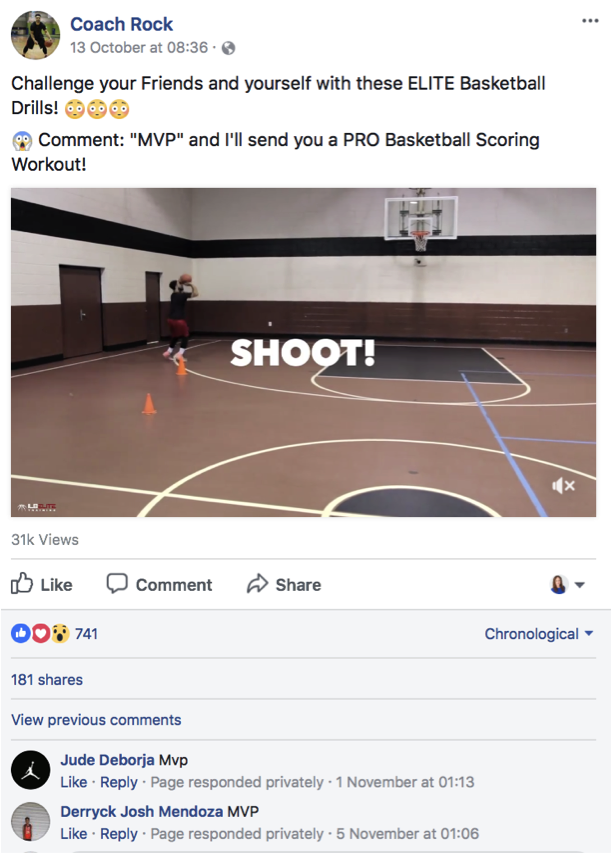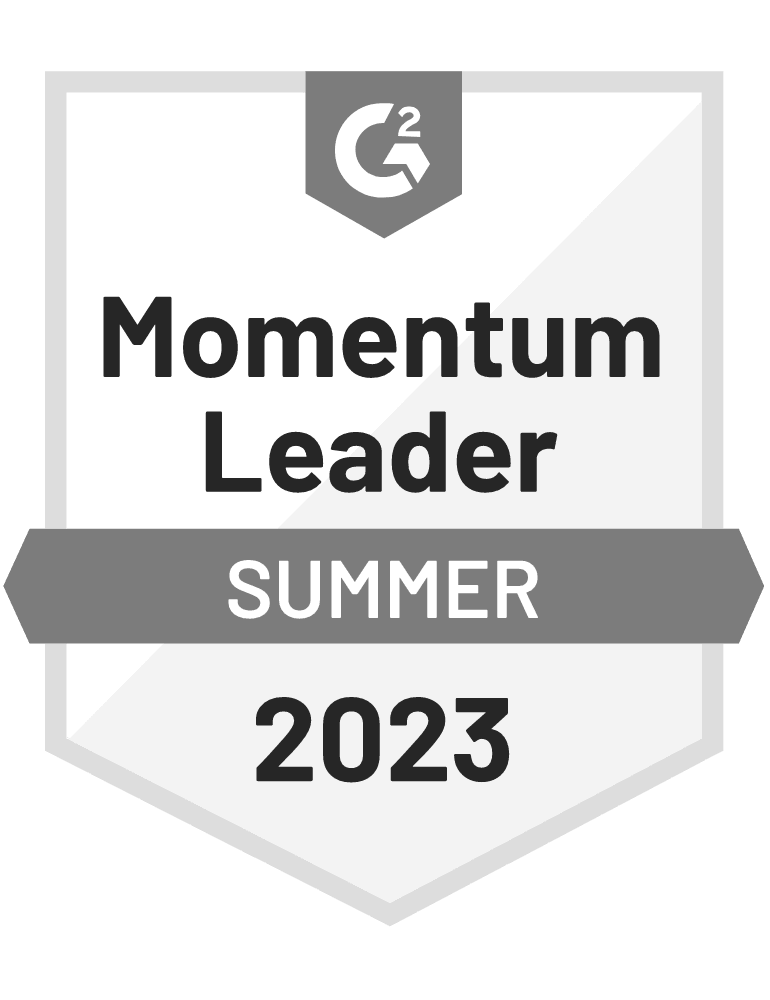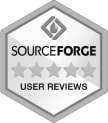Since it launched in 2014, Facebook Messenger has enjoyed exponential growth, and is the number one messenger platform in the world, with over 1.2 billion users. Facebook Messenger statistics show that the app is the second most popular in its category as of October 2019.
It is slowly growing as a formidable adversary to the more traditional email marketing. Facebook Messenger provides a unique channel for fans and followers to have direct contact with their favorite brands, removing the need for traditional customer support.
According to a study published on the NBC news website, smartphone owners check their Facebook page fourteen times a day, and it’s currently the number 1 app in the United States.
The benefits of chatbot automated customer support
The following image from Escomedia highlights a few of the vital statistics that show how businesses can connect better with their customers by using Facebook Messenger. Customers want quick answers when making an inquiry, and they expect the same level of service they would receive from live support personnel.
The highest satisfaction rates (73%) are found with in-app and live chat services. Chats are personalized and fast, two features that help inspire brand loyalty in customers. Live chat manager, Zendesk, says that it takes an average of 42 seconds for a representative to resolve a complaint this way.
According to Hristo Borisov, a chatbot is a computer program that has human conversations with a user by sending messages for the purpose of automating businesses processes. It’s the tool Facebook Messenger uses, but not many are designed for the purpose of ecommerce.
On a positive note, platforms like Sendbird’s flexible chat platform offer complete in-app chat API and SDK solutions specifically tailored to e-commerce businesses.
The importance of Facebook Messenger marketing for businesses
In recent years, customer support has evolved to include marketing and sales support. The emergence of chat services on social media platforms such as Instagram, Twitter, and Facebook has provided an enabling environment for operational roles, facilitating rapid change, and convergence of support systems.
Prospective customers usually contact support because they want to inquire about the fine print, the service agreement and/or to negotiate a lower fee. Through messenger, enterprises of all sizes provide support services that are about sales fulfillment rather than the outdated outbound cold calling model of sales.
According to Robert Rolls, the Head of Online Business at Domains4Less, people are tired of seeing so many ads in their feeds. Facebook Messenger for business is an ingenious way to earn loyalty, engage your audience, and improve your social reach. Rolls suggests that the best feature of the app is the opportunity for brands to develop personal connections with customers, and give customers the interaction they want.
Quick Statistics
- 52% of customers who engage with a brand on Facebook will tell friends and family about their experience.
- Brands enjoy 15 times more engagement this way, than with conventional advertising.
- Problems and issues are typically resolved within 42 seconds.
- 56% of customers who don’t enjoy the experience never return and 54% escalate the issue.
If there’s one goal every brand wants to achieve, it’s to prevent customers from sharing their bad experiences or complaining about terrible service on their timeline. Consequently, brands that provide stellar service build trust.
Small Business Trends states that conversational commerce is the future of search engines and ecommerce. Messenger ads show how serious Facebook is about strengthening their conversational commerce capabilities.
The best features of Facebook Messenger for Business
Discover: In the past, brands drifted towards Twitter as the platform to engage customers in, as most didn’t understand how to use Facebook Messenger for their business. Recent changes have fixed that and, with Discover, customers can book appointments, learn more about the business, and start conversations.
Persistent menu allows a business to keep their chat menu fixed to the chat app, so customers can easily access it during conversations.
Brands can upsell their products while providing support. The key is to know how the service or product can be used to advise prospective customers. The following will help you get started
- To integrate upsell in the sales process, use chatbot as an autoresponder.
- Use links and discount coupons to upsell.
- Create personalized content for each service or product for different buyer personas.
Tommy Hilfiger found that fashion brands spent 3.5 times more on Facebook Messenger than other digital advertising platforms during New York Fashion Week, and customers made sales directly from the chatbot in the course of over 60,000 messages.
How to use Facebook Messenger Marketing to grow your business
The best way to use Facebook Messenger if you think about it is as email marketing alternative. By sending promotional messages to your subscribers on Messenger you can achieve 80-90% open rate. Not to mention that not many companies use it – so there’s a big chance that you’ll be the first among your competitors. Being an early adopter will give you a huge advantage. By using Messenger bots you can not only have automated conversations with your leads, but you can send them welcome messages, downloads, ecommerce messages, like abandoned cart notices, order receipts, and so on.
Build your subscriber list
The first step is to build your subscriber list, just like how you would grow your email list in email marketing. Messenger is a simpler process: once a prospective customer or follower sends a message to your brand’s official page, they are automatically added to your list.
Image Source: blog.manychat.com
In this image, everyone who sent “MVP” received an automatic response message, and were added to the messenger list. Bots can help you build your subscriber list, send broadcast messages, and deliver lead magnets. You can use bots to customize content sent to your subscribers as shown in this follow up message from Coach Rock.
Apart from ManyChat, there are other tools for creating Chatbot via Facebook Messenger platforms, such as ChattyPeople, Chatfuel, and FlowXO.
How to build a Messenger list?
The best strategy to grow your subscriber list is to mirror consumer behavior and target accordingly. Most brands use Facebook Messenger on mobile to engage users and build brand awareness and re-engage them through desktop computers and tablets as secondary advertising.
You can use Facebook ads to promote something useful and then send the resource right inside Facebook Messenger. Another good example for building a Messenger list is onsite retargeting:
Automate Messenger marketing with Chatbots
Before you create a bot, identify an industry-specific problem you can solve with your service, and determine questions your bot will answer. David Marcus, Head of Facebook Messenger, states that they are called bots, not chatbots because they don’t have the ability to chat about anything but can automate specific tasks to save time.
Chatbots, on the other hand, can send automatic messages based on keywords, call-to-actions and other actions people take. Instead of sending out the same email blast to everyone, they allow for improved personalization and logical branching, that makes them an upgrade on email autoresponders. The bot will ask a question and use the answer provided to tag them or send other follow-up questions. The questions and answers help you avoid spam and send tailored content your follower wants to see.
Conclusion
As you can see, there’s a lot of potential in Facebook Messenger marketing for all websites. The best is that you can actually achieve 80 to 90%+ open rates. When comparing to the average 15% open rate for newsletters, it’s pretty awesome.















